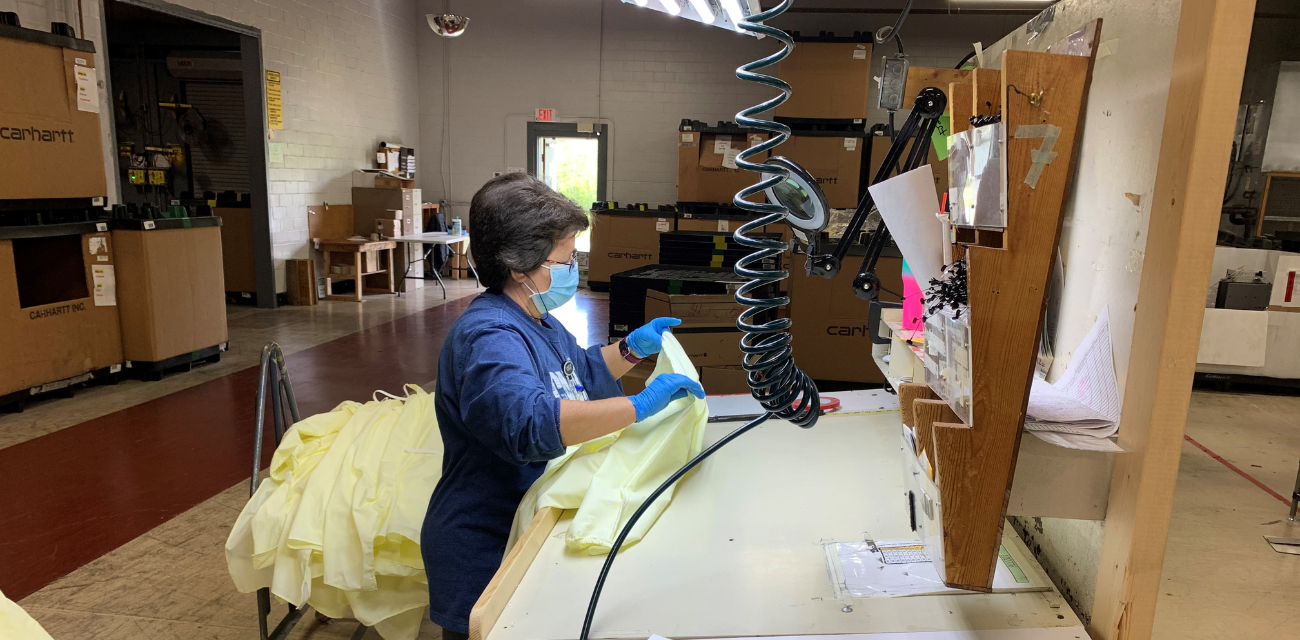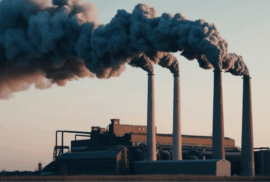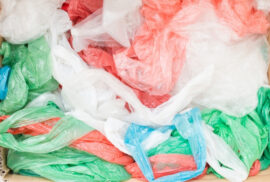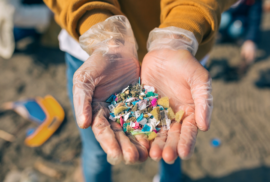A COVID cover-all: Board member protects public health

When Hamilton Carhartt launched his clothing business in 1889 from a small Detroit loft, he found success making heavy-duty overalls for railroad workers by listening to and understanding their needs.
More than 130 years later, Carhartt has grown into an international company based in Dearborn with nearly 5,400 employees. Its rugged apparel is worn by farmers, construction workers, public works staff and the like all around the world.
Throughout the century, the mission of the company has remained the same: build durable products to serve and protect hardworking people.
Today’s work is no different, though the materials, methods and wearers may be. Carhartt is completing its first 50,000 medical gowns and will begin making 2.5 million medical masks on April 20 to be distributed to first responders helping others during the COVID-19 pandemic.
“We’re really just trying to make sure we’re lending a hand in the ways [workers] always lended a hand to us,” said Tony Ambroza, chief brand officer at Carhartt and first-term Michigan Environmental Council board member.
Since launching its plans to help COVID-19 first responders, Ambroza said he has come to realize that Carhartt and its associates are aiding more than the thousands of nurses, physicians and other medical staff risking their lives each day to fight a viral pandemic. They are also helping the people that healthcare workers save.
Many Carhartt associates immediately responded to help when their company made the decision to protect public health. Some workers at union plants in Kentucky and Tennessee volunteered to produce thousands of gowns and masks, and Carhartt gave time-and-a-half pay for their efforts.
“In this time, when everybody’s trying to figure out ways to support the effort, it’s great to work for a company that didn’t question it for a minute and jumped right in to figure out what we could do,” he said.
Associates are now cutting and sewing gowns by hand. They are staying safe from COVID-19 by socially distancing, wearing masks and following ongoing sanitizing efforts. Meanwhile, about 1,300 of their coworkers were furloughed during the pandemic, receiving supplemental pay from Carhartt not covered by unemployment.
The materials used in the gowns and masks are medical-grade, different from the fabrics used to create Carhartt’s signature overalls, coats, beanies and other gear.
Yet, Carhartt’s commitment to durable products remains, Ambroza said. Its traditional products protect people from environmental factors such as weather and tearing. The gowns and masks protect people from an environmental health threat: a highly contagious, sometimes fatal virus whose spread is made worse by the factors such as air pollution and unaffordable, unaccessible water sanitation.
The health gowns Carhartt manufactures are made from fabric repellent to liquids to protect healthcare workers from viruses like COVID-19 that could be spread in droplets or splashes they may encounter. It is designed to be machine washable and reusable to protect workers through many shifts.
The company is also producing two different types of masks; a fabric health mask and pleated health mask.
The fabric health mask has a repellent outer layer that helps prevent external moisture from sticking to the mask. The internal two layers move moisture away from the worker’s face to help with comfort throughout the day.
The pleated health mask is gathered, and the fabric is designed to stretch to help with a fit that automatically adjusts to the face of each worker.
Soon, thousands of these personal protection items will be shipped to healthcare organizations that have requested them from Carhartt. They will continue to be produced and distributed until critical needs are met.
The change in manufacturing methods was challenging, but staff responded quickly to design the equipment, implement a production plan and then produce, Ambroza said.
“My gosh, the supply chain team? They’re the heroes,” he said of the staff.
The Carhartt associates’ selfless work is reflective of a long history of help within the company, Ambroza said. In World War I, Carhartt used its plants to produce military wear. During 9/11, it provided overalls to first responders. During times of natural disaster, veteran volunteer group Team Rubicon received Carhartt clothing and financial aid.
“It was natural for us to try and find a way to [help] and in the right way,” Ambroza said.
Answering the call to help also fell in line with Ambroza’s personal reasons in joining MEC’s board as a concerned Michigan resident. He said that the business community has a lot to gain from making sound environmental decisions, but conversations on the topic do not happen enough. He wants to bridge the gap between business and the environment.
Carhartt’s COVID-19 response is another important step in bringing the two concerns together.
Discover
Power environmental change today.
Your gift to the Michigan Environmental Council is a powerful investment in the air we breathe, our water and the places we love.
Sign up for environmental news & stories.
"*" indicates required fields





